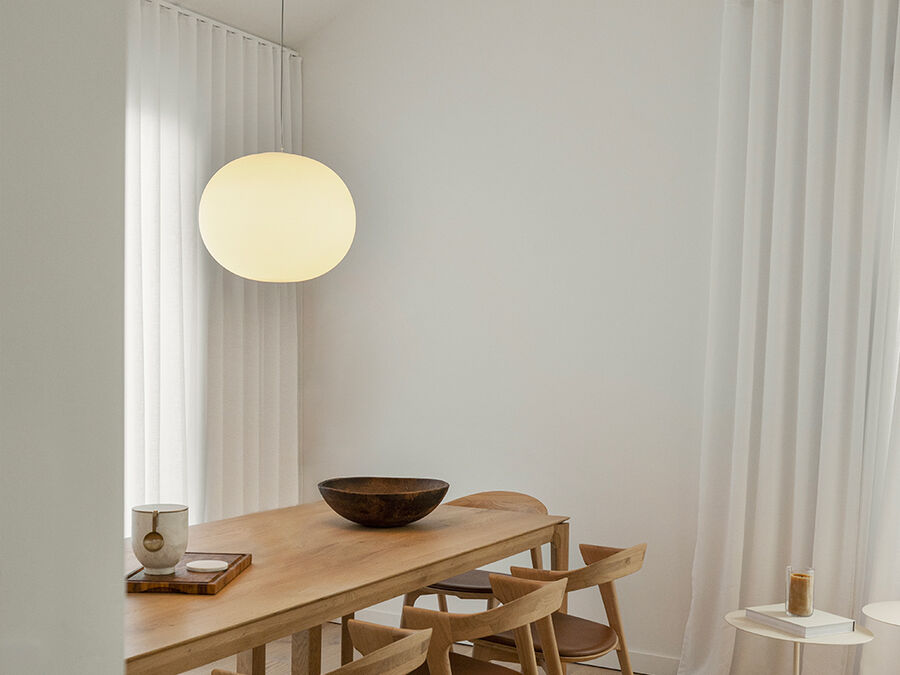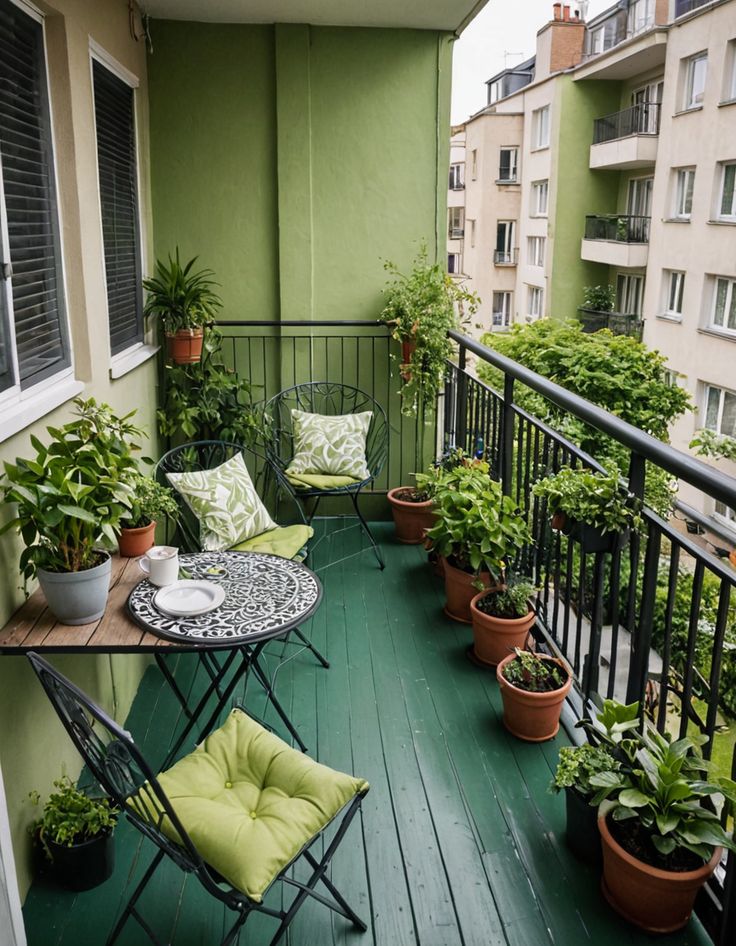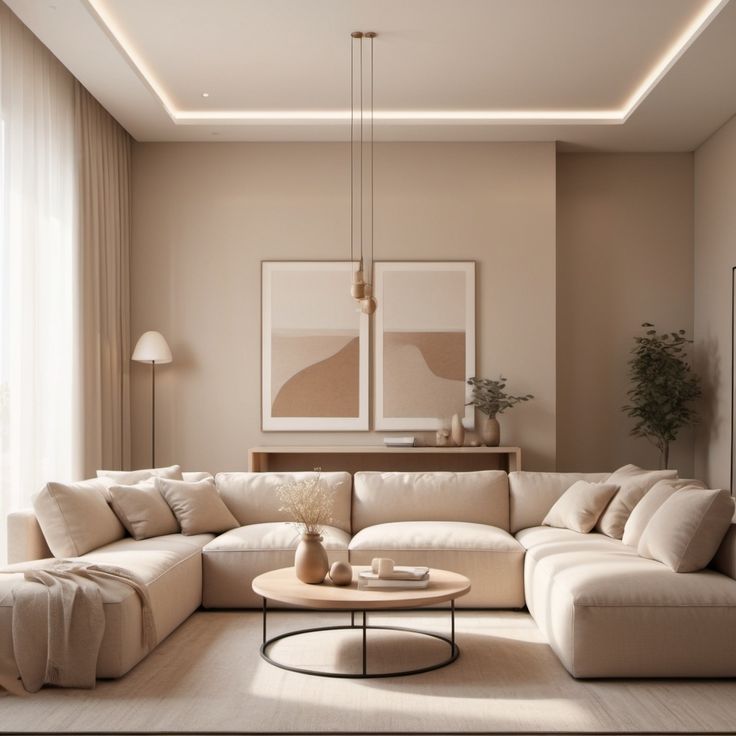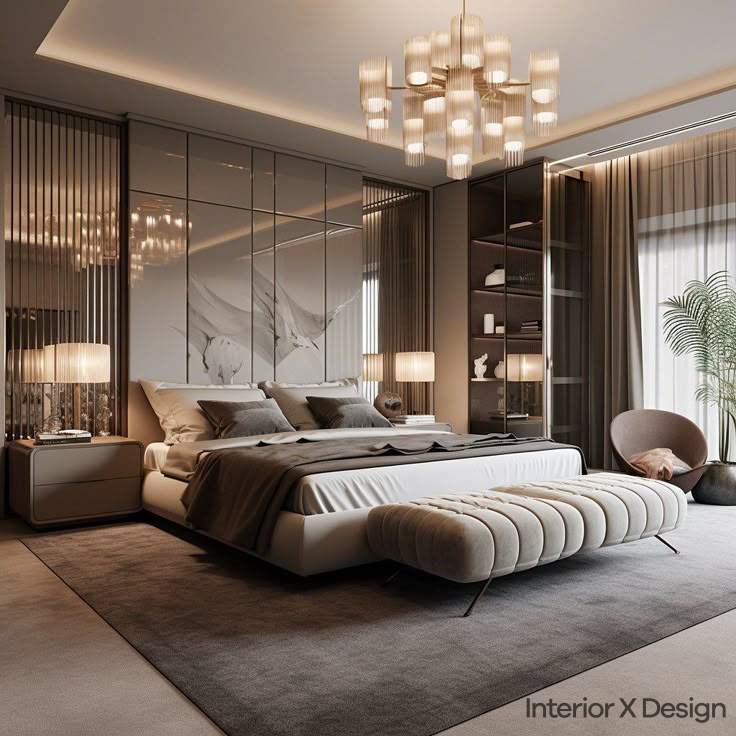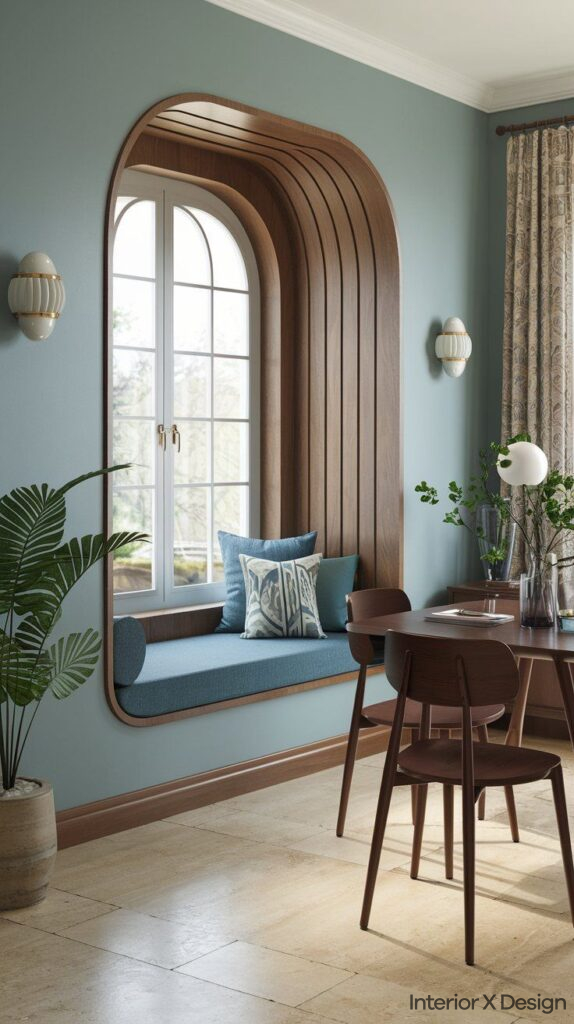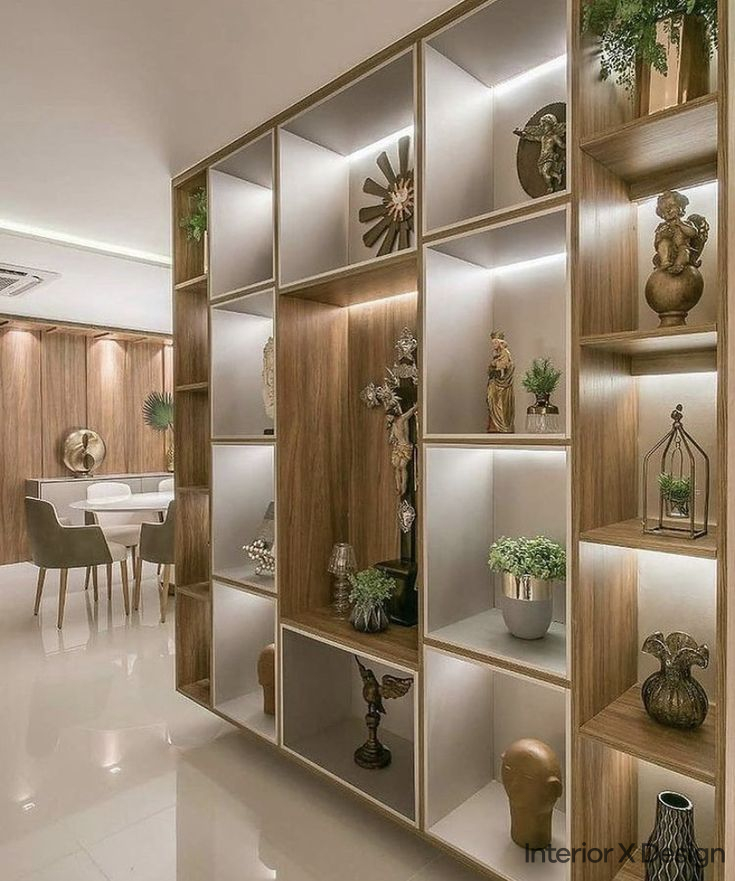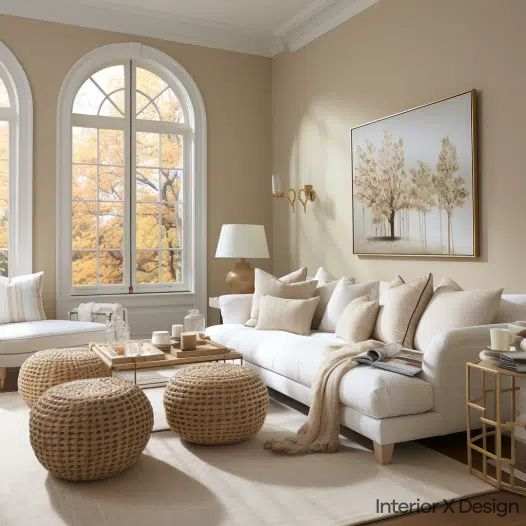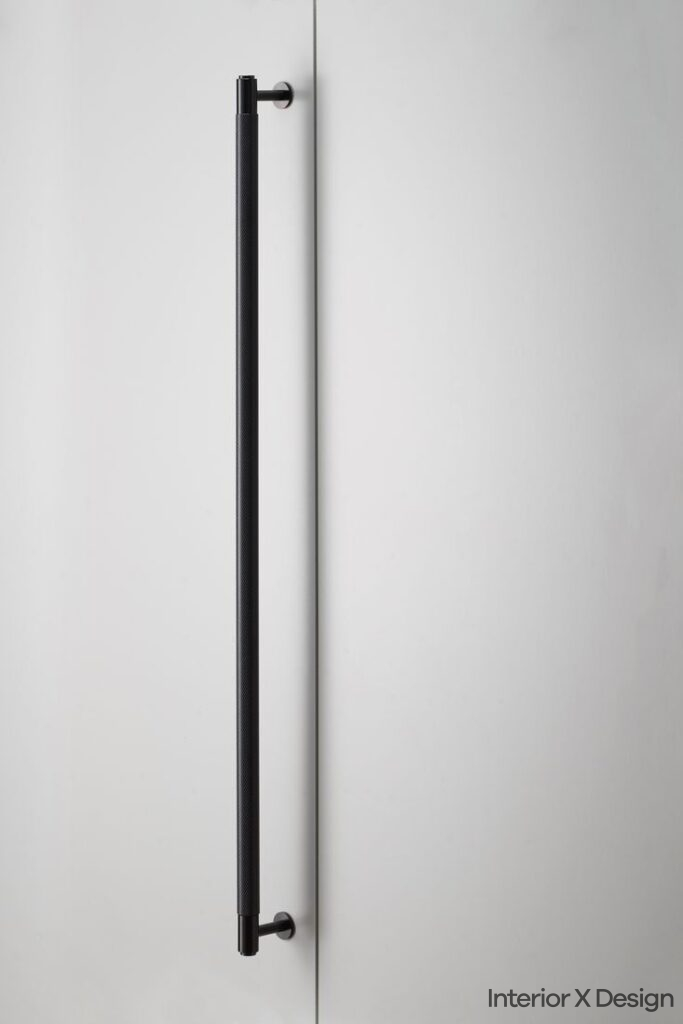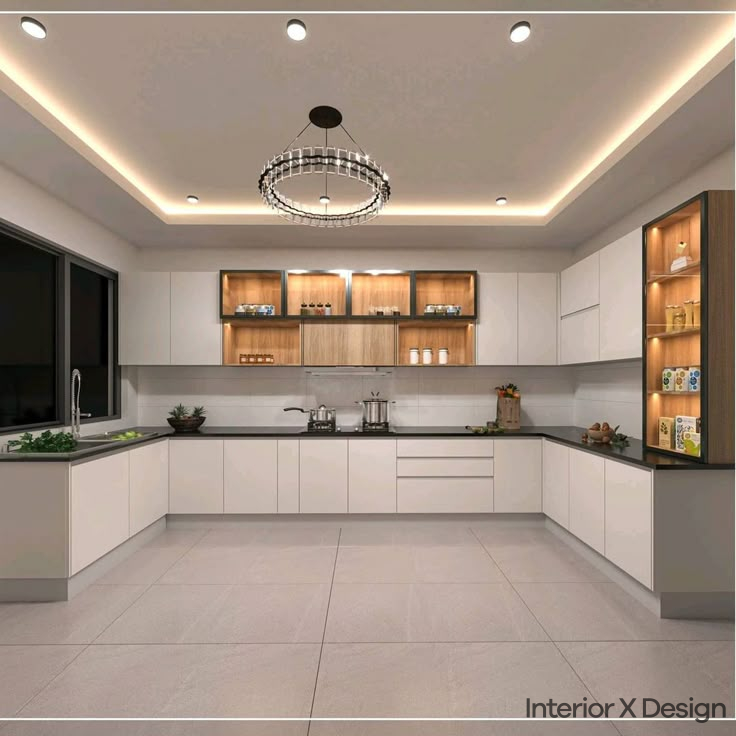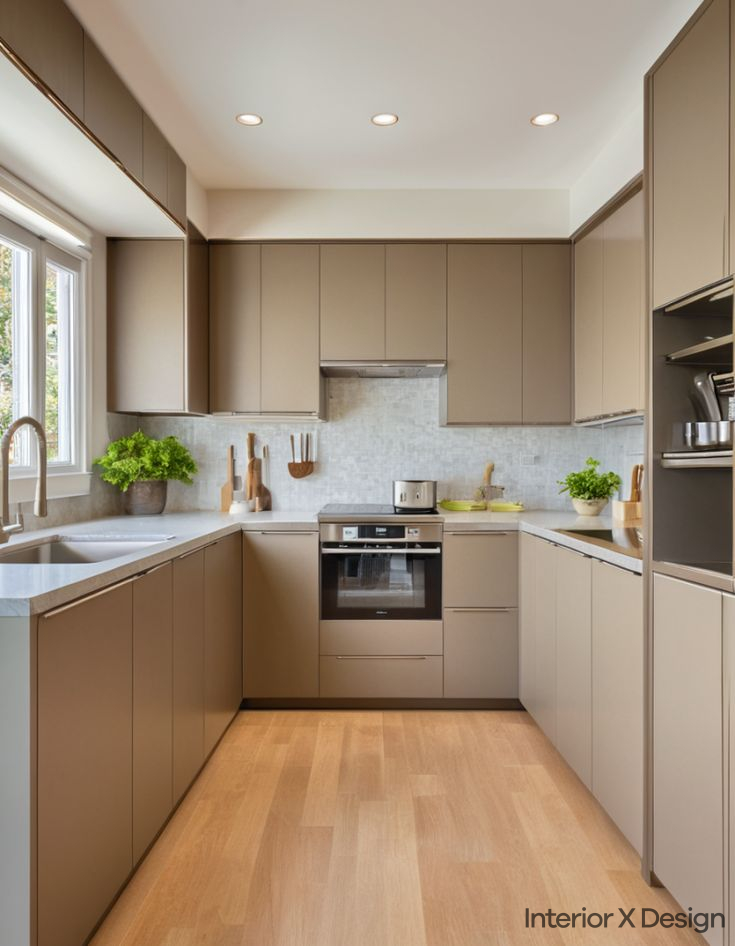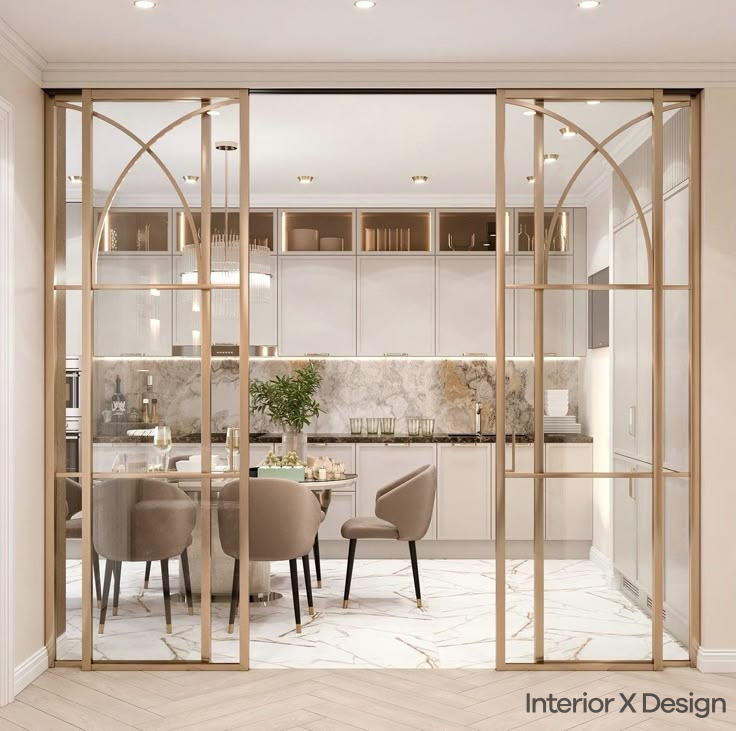The Craftsman interior design style embodies warmth, simplicity, and a celebration of natural materials. This aesthetic, rooted in the Arts & Crafts movement of the late 19th and early 20th centuries, is as popular today as it was over a century ago. By emphasizing quality craftsmanship, earthy tones, and a connection to nature, Craftsman interior design creates spaces that feel both rustic and refined.
What is Craftsman Interior Design?
Craftsman interior design prioritizes natural materials, clean lines, and a cozy atmosphere. Its hallmark features include:
- Exposed wood beams made of rich hardwoods like oak or maple.
- Stone accents such as fireplaces and chimneys.
- Built-in cabinetry for storage and functionality.
- Neutral color palettes with earthy accents in green, brown, and red.
- Handcrafted furniture and pottery.
- Connection to nature through large windows, porches, and ample natural light.
This style celebrates imperfections, showcasing the beauty of raw materials and craftsmanship.
The History of Craftsman Style
The Craftsman movement emerged as a reaction to industrialization and mass production. Inspired by the English Arts & Crafts movement, it took root in America during the early 20th century. Pioneers like Charles Sumner Greene and Henry Mather Greene popularized the style, particularly in California, designing homes with:
- Exposed wood and stonework.
- Open floor plans.
- Built-in furnishings.
Magazines such as The Craftsman and Ladies’ Home Journal helped spread the aesthetic across America, making it a staple for middle-class homes.
Key Characteristics of Craftsman Interior Design
- Natural Materials: Wood, stone, and metal define Craftsman interiors.
- Built-in Furnishings: Window seats, bookshelves, and cabinetry maximize functionality.
- Handcrafted Details: Pottery, rugs, and textiles add a personal touch.
- Stone Fireplaces: Oversized fireplaces serve as focal points.
- Neutral Color Schemes: Earth tones dominate, with accents of green, brown, and red.
- Connection to Nature: Large windows and porches blur the lines between indoors and outdoors.
How to Achieve the Craftsman Look
1. Use Natural Materials
- Wood: Opt for exposed beams, hardwood flooring, and natural finishes.
- Stone: Incorporate chunky fireplace mantels and stone accent walls.
- Plaster: Use limewashed walls for texture.
2. Add Built-in Elements
- Create functional spaces with built-in seating, bookshelves, and cabinetry.
- Use simple Shaker-style designs for doors and drawers.
3. Choose Arts & Crafts Lighting
- Look for fixtures with hammered metal or stained glass.
- Add ambient lighting with sconces and lanterns.
4. Incorporate Greenery
- Use potted plants and fresh flowers to bring nature indoors.
- Add greenery to window boxes or indoor atriums.
5. Focus on Handcrafted Accents
- Display pottery, woven textiles, and wood carvings.
- Use artisan-made ceramic tiles for backsplashes and flooring.
6. Create a Statement Fireplace
- Design a stone or brick fireplace as the room’s anchor.
- Add built-in seating or shelving around the hearth.
7. Stick to a Neutral Palette
- Use creamy whites, warm grays, and earthy browns.
- Add accents of terracotta, moss green, or burnt orange.
Craftsman vs. Rustic Interior Design
While both Craftsman and rustic interior design styles embrace natural materials, they differ in approach:
- Craftsman: Focuses on clean lines and fine craftsmanship.
- Rustic: Prioritizes a raw, unfinished look.
Combining elements of both styles can create a unique, inviting space.
Best Practices for Craftsman Interiors
- Quality Over Quantity: Invest in durable, well-crafted furniture and decor.
- Ample Natural Light: Maximize daylight with large windows and minimal treatments.
- Open Layouts: Connect spaces to enhance flow and functionality.
- Textured Finishes: Use materials like plaster, wool rugs, and reclaimed wood for depth.
- Antique Hardware: Incorporate cast iron hinges and oil-rubbed bronze knobs.
- Mix Metal Finishes: Combine brass, nickel, and wrought iron for contrast.
- Celebrate Imperfections: Allow visible nails, seams, and natural wear to shine.
Craftsman Style in Modern Homes
Modern Craftsman homes merge tradition with contemporary comforts. Key updates include:
- Energy Efficiency: Install double-paned windows and LED lighting.
- Smart Technology: Integrate thermostats and security systems while maintaining the aesthetic.
- Modern Furniture: Pair clean-lined pieces with classic Craftsman accents.
Craftsman Kitchens and Bathrooms
Kitchens
- Wood Cabinetry: Use deep-stained oak or maple.
- Tile Backsplashes: Opt for artisan tiles in earthy colors.
- Open Shelving: Display pottery and cookware.
Bathrooms
- Pedestal Sinks: Keep the design simple and functional.
- Stone Showers: Use natural materials for a spa-like feel.
- Vintage Fixtures: Choose clawfoot tubs and brass faucets.
Final Thoughts
Craftsman interior design’s timeless appeal lies in its emphasis on natural materials, quality craftsmanship, and a connection to nature. By incorporating these elements, you can create a space that feels both inviting and enduring. Whether designing a new home or updating an existing one, the Craftsman style offers a versatile and beautiful option for interiors.
Explore this charming aesthetic and transform your home with the rustic charm and raw materials of Craftsman interior design.

